 I remember having a conversation with my wife almost 20 years ago (in the summer of 2004) about going to Los Angeles for “Corey Rudl’s Wealth-Building Wedding Reception & Customer Appreciation Extravaganza.”
I remember having a conversation with my wife almost 20 years ago (in the summer of 2004) about going to Los Angeles for “Corey Rudl’s Wealth-Building Wedding Reception & Customer Appreciation Extravaganza.”
Ironically, she was in favor of hopping the short flight from Southern Arizona to Los Angeles for the event, while I was on the fence. “It’ll be an endless pitch fest” I insisted. [Read more…]


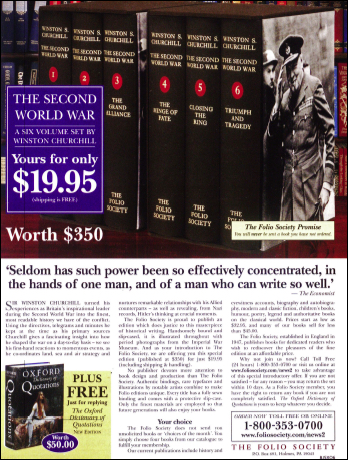 This is a textbook “testimonial headline” in the world of book advertising.
This is a textbook “testimonial headline” in the world of book advertising.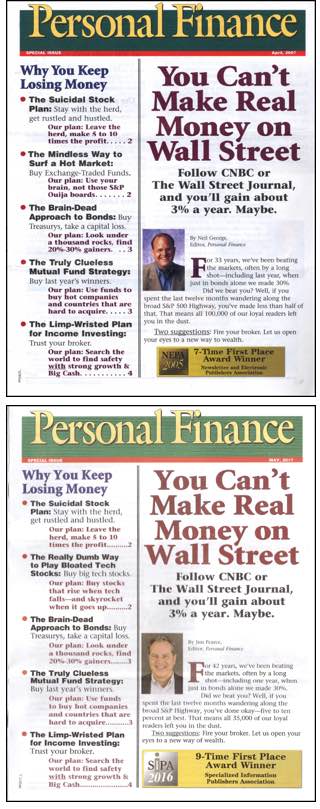
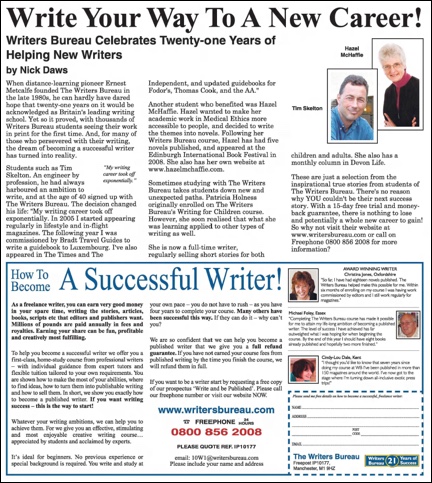
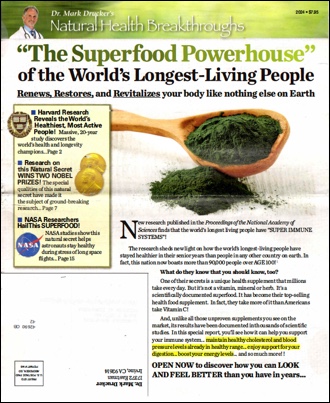 The core of this mailbox winner goes back over twenty years and it hails from the mighty pen of Kent Komae.
The core of this mailbox winner goes back over twenty years and it hails from the mighty pen of Kent Komae. Audio-Forum ran this campaign for TWENTY solid years, starting in 1977.
Audio-Forum ran this campaign for TWENTY solid years, starting in 1977.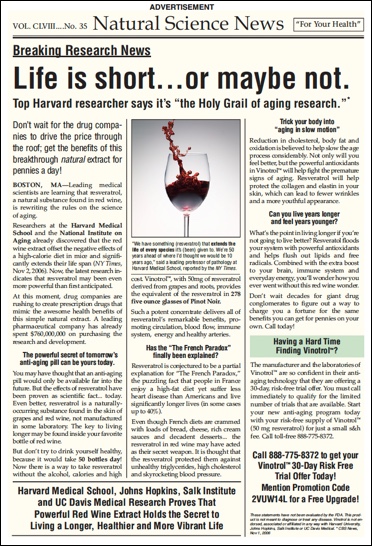
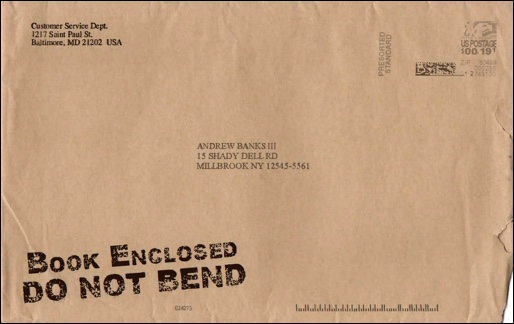

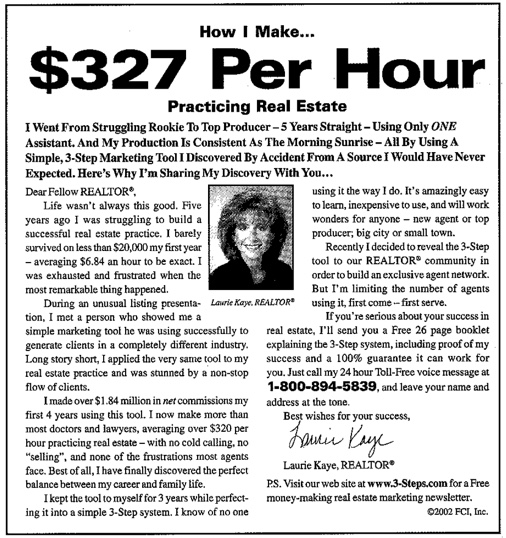

 Thankfully I can still go to “the well” (my archive room) and unearth alternative-health book advertising treasures like this Rodale classic for Dr. Arthur Brownstein’s “EXTRAORDINARY HEALING.”
Thankfully I can still go to “the well” (my archive room) and unearth alternative-health book advertising treasures like this Rodale classic for Dr. Arthur Brownstein’s “EXTRAORDINARY HEALING.”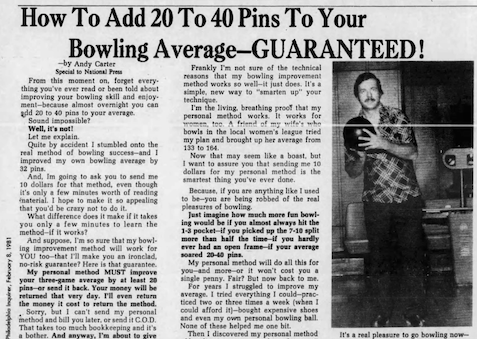
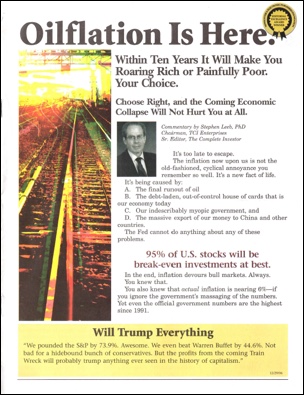
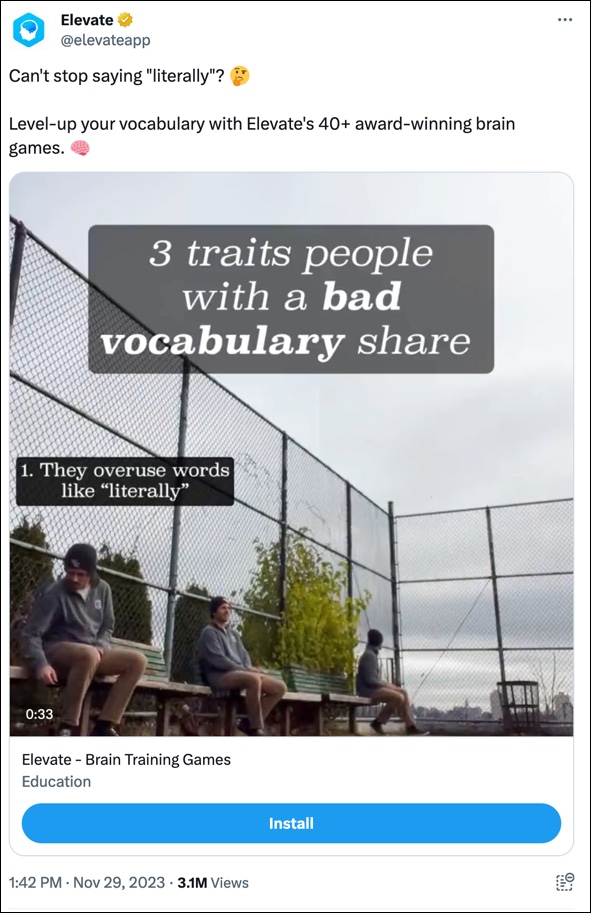
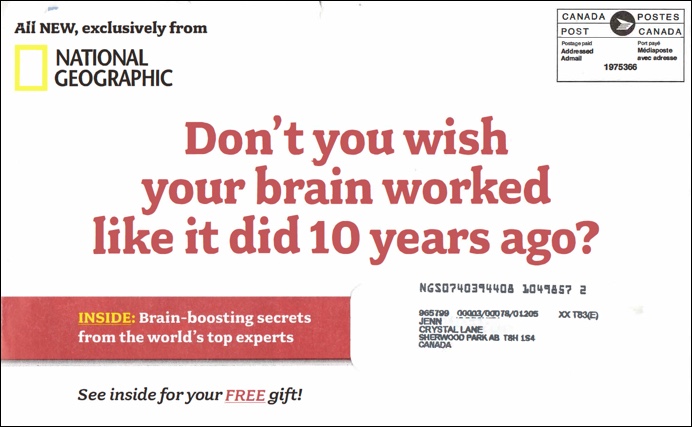

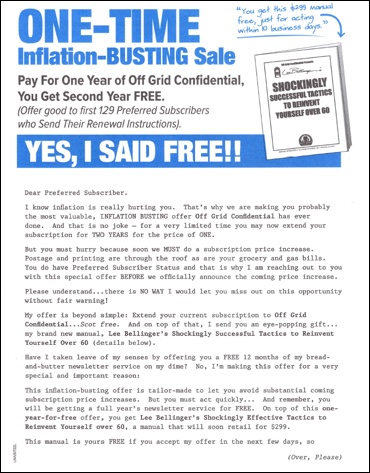 Here’s a stellar example of subscription (renewal) selling for a newsletter in our current inflationary world.
Here’s a stellar example of subscription (renewal) selling for a newsletter in our current inflationary world. Here’s a full page insertion that’s been big in the UK for over a year.
Here’s a full page insertion that’s been big in the UK for over a year.

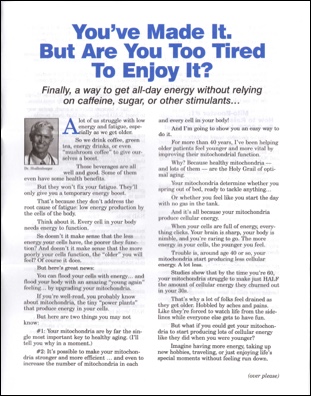
 Want to learn how to sell software as a service aka SAAS?
Want to learn how to sell software as a service aka SAAS?